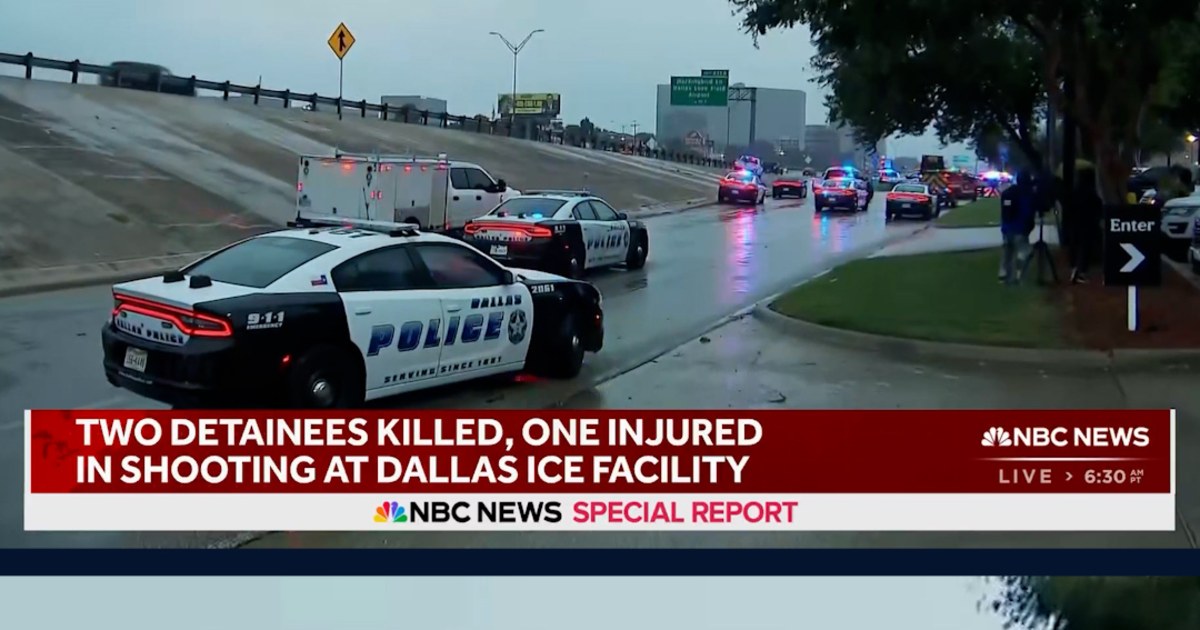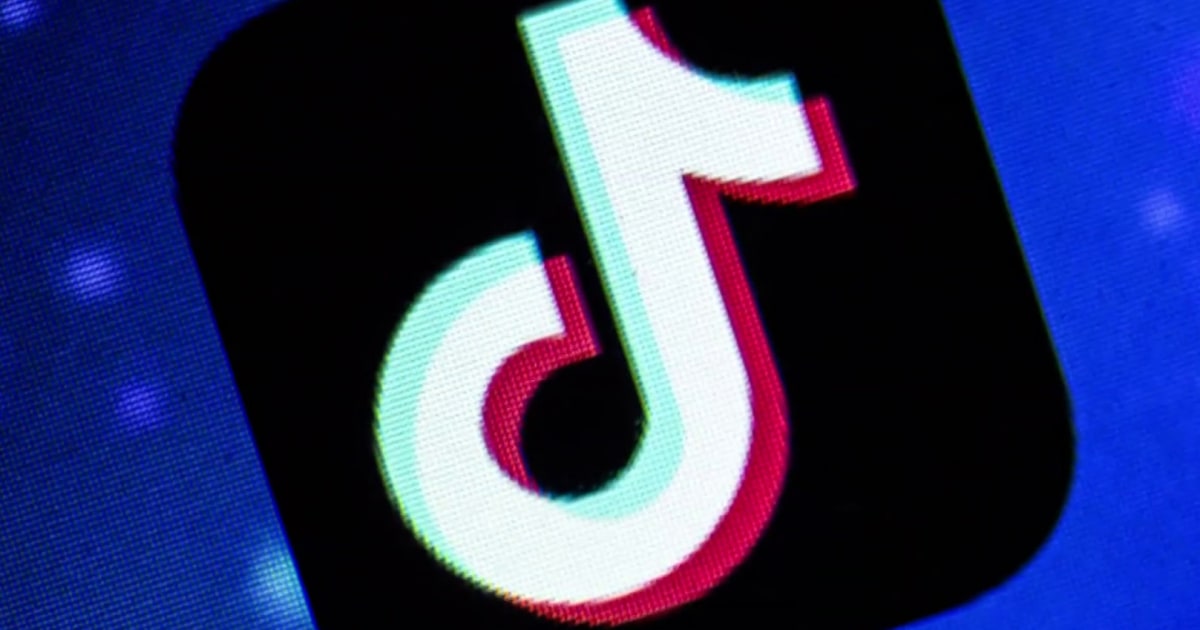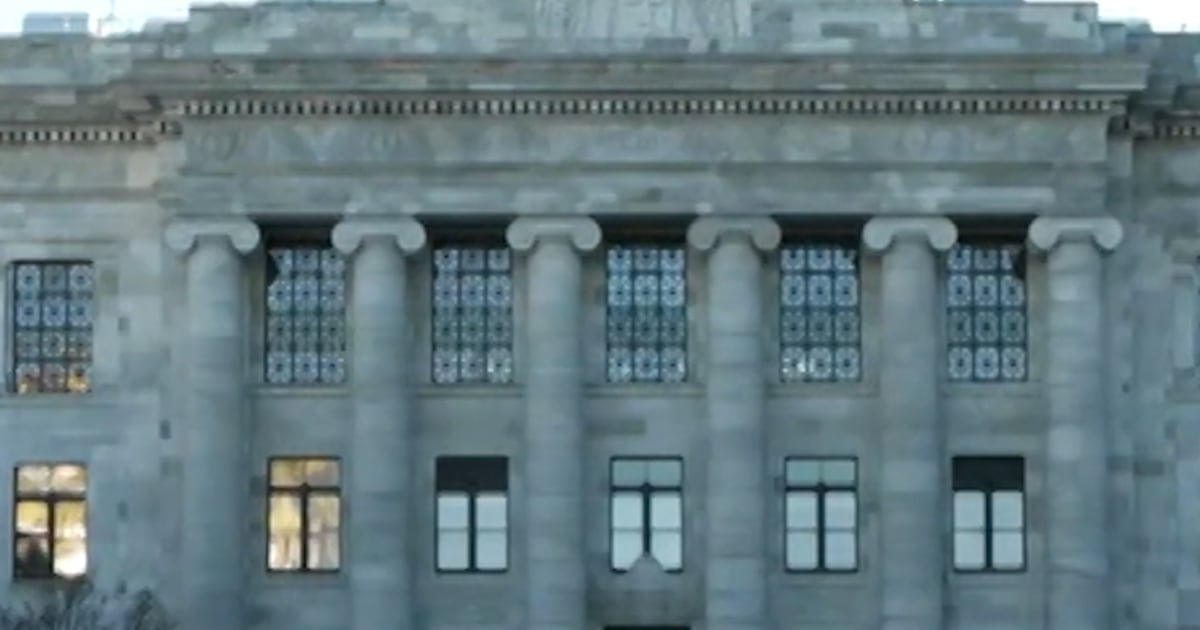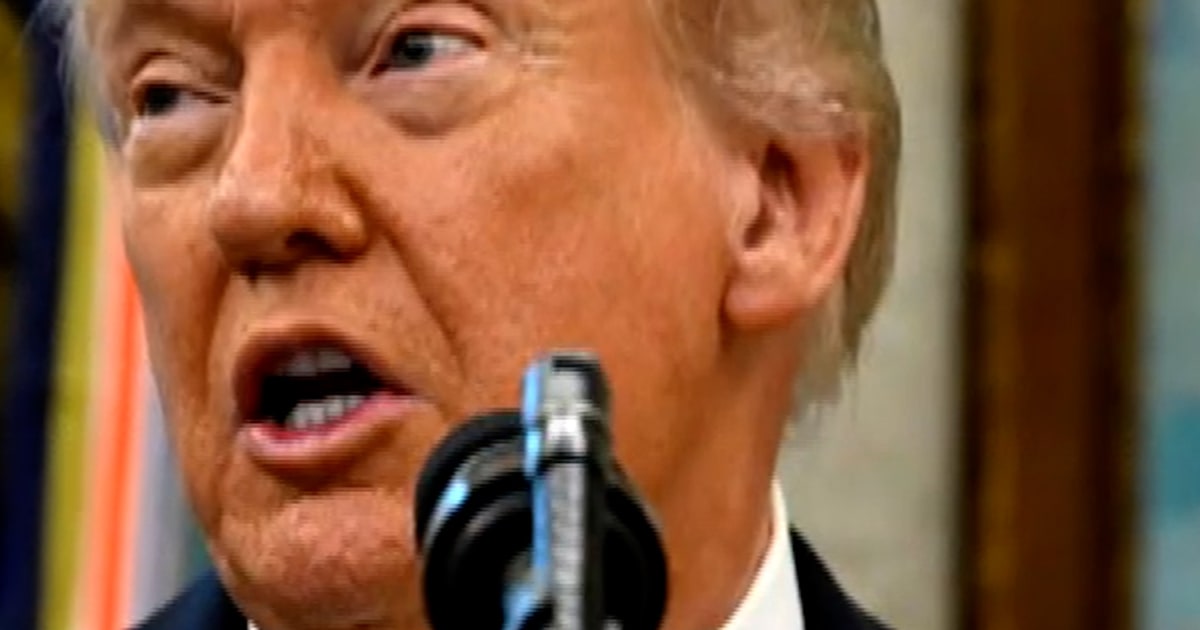Three people were shot at a Dallas ICE field office this morning, and two are dead, an ICE spokesperson says. All three people shot were detainees at the facility, and no ICE agents were shot or hurt.
Source link
Three detainees were shot at Dallas ICE facility




